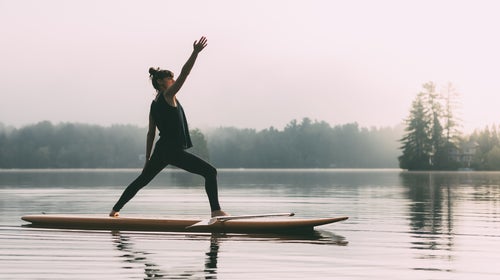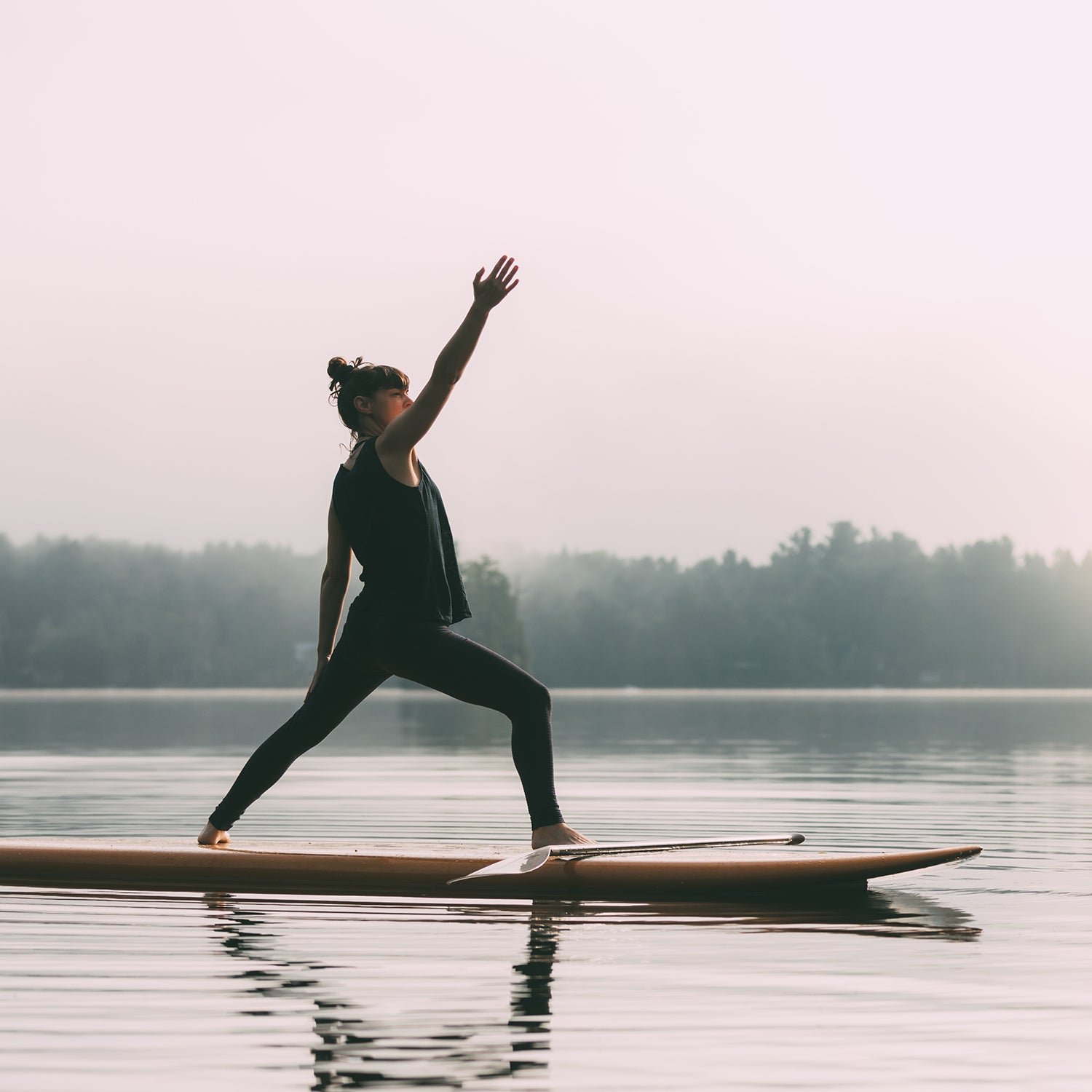It doesn’t matter how fit you are if you can’t . A good sense of balance is crucial for both performance and injury prevention, regardless of how you choose to play outside. “When we train our balance, we’re really trying to improve proprioception, your body’s sense of itself in space,” says Alex Bunt, strength and conditioning trainer to skiing legend Lindsey Vonn. “The better total-body awareness you have, the better athlete you’re going to be.”
Bunt suggests these six moves, which target three main balance categories: static, dynamic, and stepping or landing. Do one set of one exercise from each category barefoot at the end of every workout, with no rests between exercises. Repeat, pausing up to a minute between rounds if needed. Close your eyes for an added challenge.
1. Static Balance
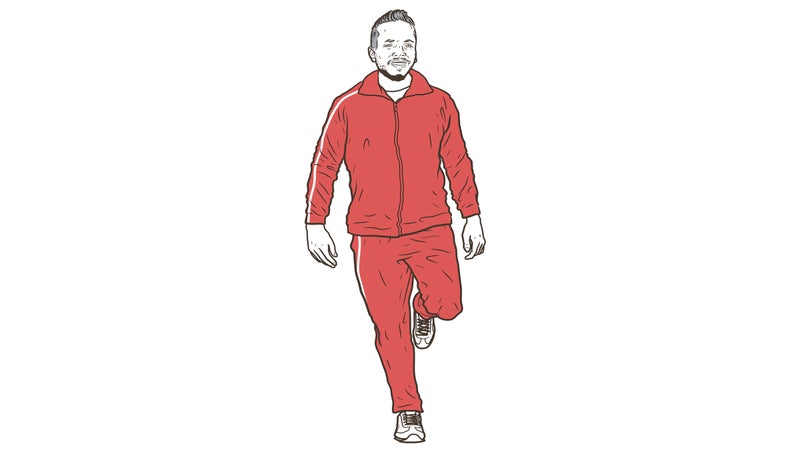
Easy: Single-leg balance
Stand on one leg with a soft knee and a flat, relaxed, responsive foot. Try to keep as still as possible. Make it harder by standing on a balance device, such as a foam pad, stability disc, BOSU ball, or pillow.

Hard: Single-leg balance with medicine ball and torso rotation
Stand on one leg on a balance device. With both hands, hold a medicine ball or dumbbell in front of you at shoulder height, with a slight bend in the arms. Keeping your lower body and chest still, slowly rotate your arms with the weight from side to side.
Volume: One or two sets, 30 to 60 seconds on each leg.
2. Dynamic Balance
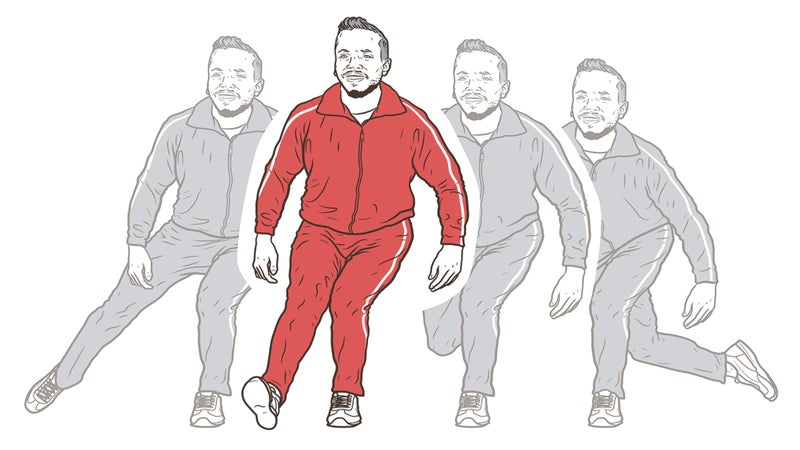
Easy: Multiplanar single-leg balance reach
Stand on one leg and lower into a half-squat as you reach your other foot forward an inch from the ground. Stand and return your free leg to the center without touching the ground, keeping your hips level and square throughout the movement. Repeat, bringing the leg to the side, then directly behind, then diagonally behind (like a curtsy). Increase the challenge by standing on a balance device.
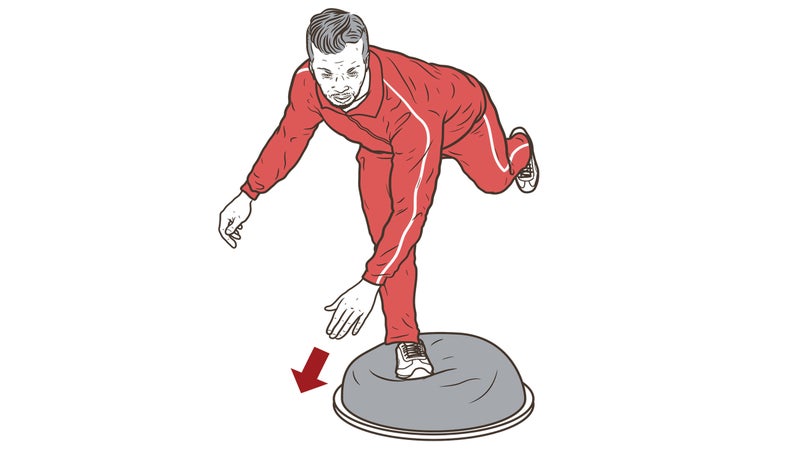
Hard: BOSU single-leg hip hinge
Stand on one leg on the dome side of a BOSU ball with a soft knee and your arms loose at your sides. Hinge forward at the hips and lower your torso toward the floor as you lift your free leg directly behind you in the same plane as your upper body. Reach your arms across your body toward the floor, keeping your back flat and hips level and square throughout the movement. Go as low as you can without breaking form.
Volume: One or two sets of 5 to 10 reps on each leg.
3. Stepping/Landing Balance
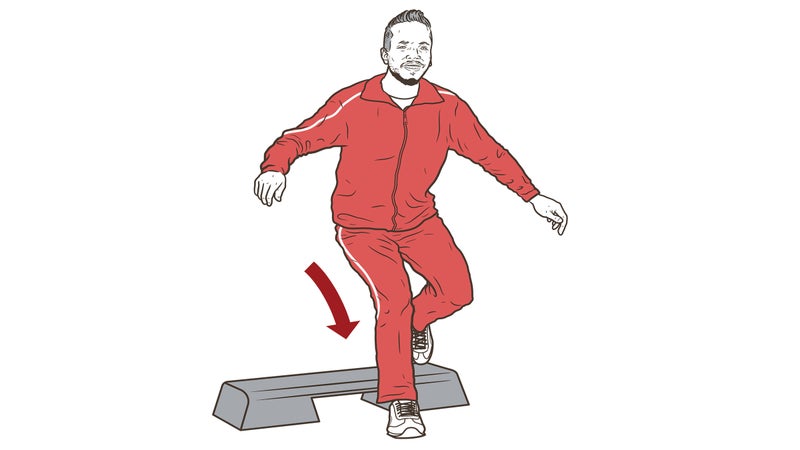
Easy: Box step-off
Stand on a 6-to-12-inch-tall box, then step forward off the box. Land on one foot with a soft knee, your kneecap in line with your second toe and your other foot off the box in a 90-degree angle behind you. Hold your balance for up to five seconds. Repeat, alternating legs with each rep. Once that becomes too easy, step to the side of the box, then off the back.
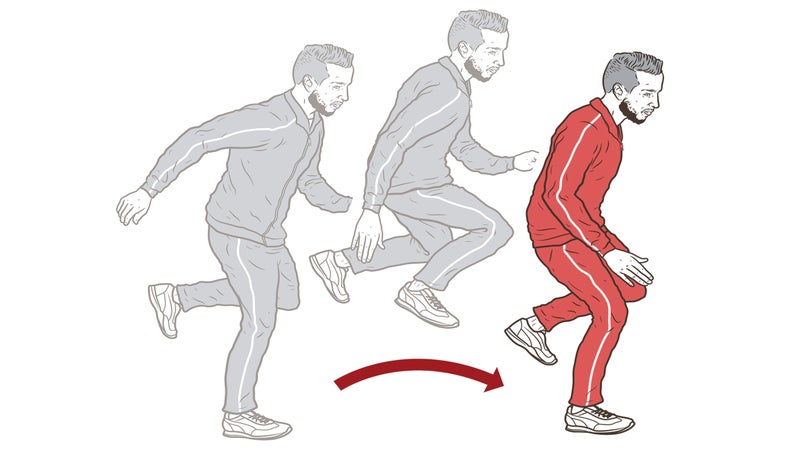
Hard: Single-leg hop
Stand on one leg and hop forward as far as you can, sticking the landing with the same leg. Hold for three seconds. Continue hopping on the same foot without touching the ground with your raised foot. Complete all reps on one leg, then switch sides. When that becomes too easy, hop from side to side on the same leg, reverse, then add rotations (spin 90, 180, or 360 degrees with each hop). Make it harder by hopping over hurdles.
Volume: One or two sets of 5 reps on each leg.
